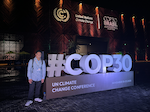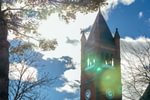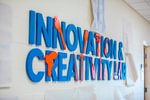
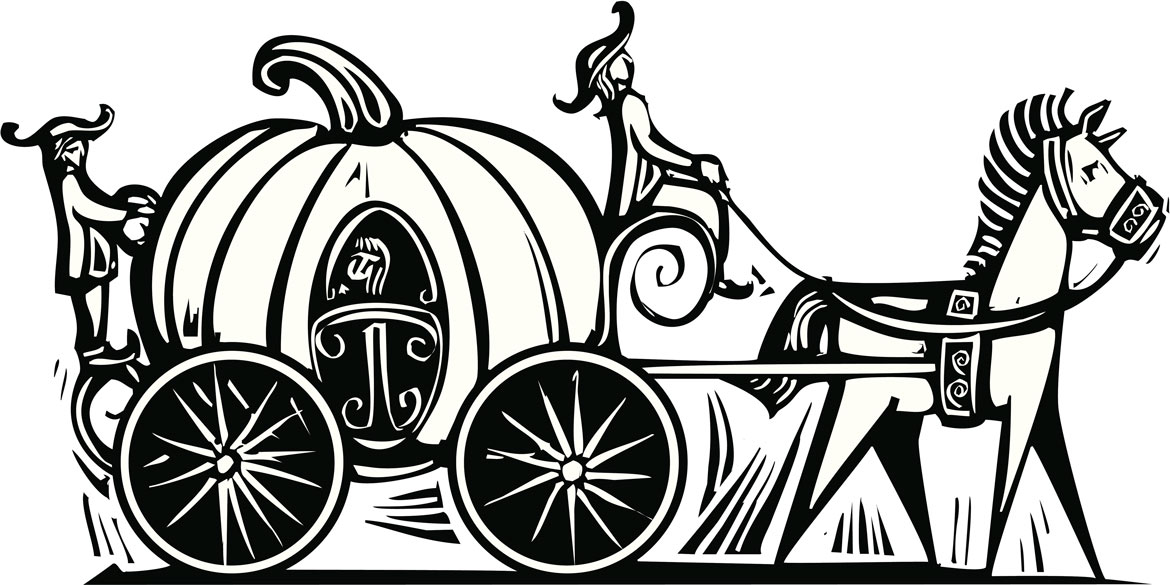
We often think of fairy tales as only childhood stories, yet remnants of fairy tales permeate our every day culture. The idea of finding a Prince Charming through television shows like “The Bachelor” with the promise of a rose and a happily ever after ending, or the many film adaptations of Beauty and the Beast, Cinderella, and Snow White.
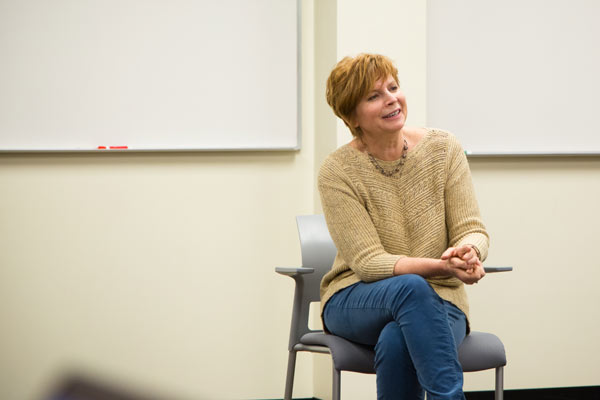 “We talk about how magical they are,” said German Studies Prof. Laurel Cohen. “That also means that they may contain social paradigms that we try to get away from, but they are so ingrained. They have a hold on us – why do we keep coming back to them?”
“We talk about how magical they are,” said German Studies Prof. Laurel Cohen. “That also means that they may contain social paradigms that we try to get away from, but they are so ingrained. They have a hold on us – why do we keep coming back to them?”
Cohen’s course, Fairy Tales from Grimm to Disney, introduces students to the genre and the scholarly analysis of fairy and folk tales. Her course highlights well-known European fairy tales as well as contemporary film adaptations and songs. While fairy tales may have originally been created for adults, they came to be shaped for children. Yet they often contain themes that are not child-friendly – ranging from murder to infanticide. Cohen, who earned a minor in Folklore as part of her doctoral studies, spent two years designing the course.
“This course reaches across disciplines,” Cohen said. “It’s one of the hardest courses I’ve ever taught because it is so interdisciplinary. We discuss psychoanalytical, literary, feminist, and sociopolitical approaches to fairy tales.”
Cohen incorporated guest lecturers from Gettysburg College faculty in various fields of study as well as consulted with a few professors as she was designing the syllabus.
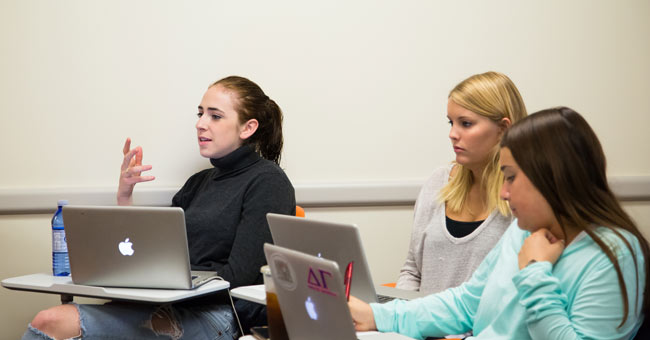 Dakota Homsey ’16, a Globalization Studies major, took the course the first time it was offered in spring 2016.
Dakota Homsey ’16, a Globalization Studies major, took the course the first time it was offered in spring 2016.
“I found myself drawing from my history, political science, anthropology, and women, gender, sexuality studies classes,” she said. The class attracted a mix of majors – from STEM fields to the social sciences and humanities.
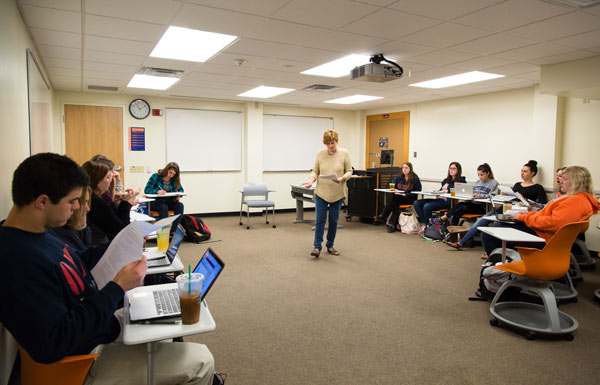 Cohen received a Mellon Curriculum Development grant with a focus on integrating new research activities or creativity in the classroom. She decided to address both goals by challenging her students to write and animate their own fairy tales.
Cohen received a Mellon Curriculum Development grant with a focus on integrating new research activities or creativity in the classroom. She decided to address both goals by challenging her students to write and animate their own fairy tales.
With the assistance of Eric Remy in Educational Technology and Betsy Lavolette in the Language Resource Center, the students learned a new program, GoAnimate.
“We all struggled with how this inherently oral art form is taken from the written word and translated visually,” said Melanie Fernandes ’16, a history major.
“A fairy tale is supposed to be depthless and generic because they are seen as universal. We had to make difficult choices that naturally occur when you’re translating a written and oral form into a visual form.”
Homsey decided to take the opportunity to draw her own fairy tale.
“The technology was both limiting and expanding – you don’t know what is possible until you start to work with it,” she said.
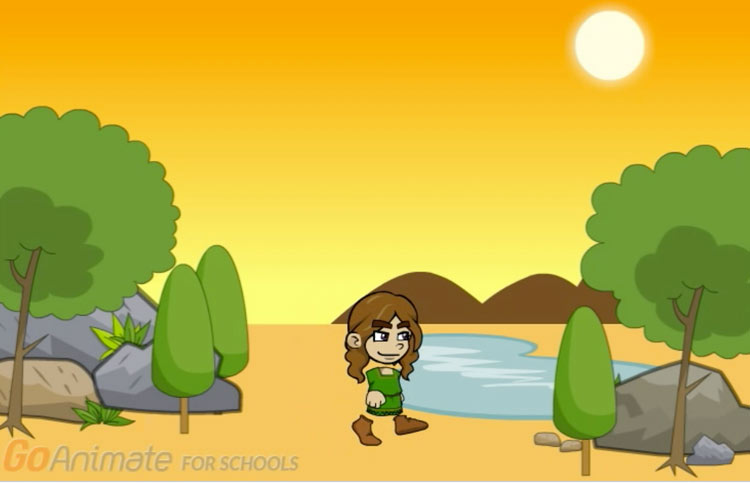
A frame from Fernandes' GoAnimate fairy tale, "The Clever Girl and the Seven Ravens"
Fernandes, who took a course with a similar subject matter while studying globally in Bath, England, felt the course made her re-evaluate the way she looks at the world.
“Examining fairy tales forced me to look at my own values. I can see what might bother me about a certain tale, or look at it in a broader social context and understand these are things I see that could change. It’s interesting to look at why you might enjoy something through that lens, how does it reflect your own personal morals?”
The class-based discussions explored how fairy tales have affected their own lives, such as what it means to be a stepchild, what it means to make the transition to adulthood, and how social issues feed contemporary interpretations of fairy tales.
“The honesty of the students with sharing their own lives and experiences truly touched me while teaching this course,” said Cohen. “The students were mostly seniors, getting ready to go out into the world. The discussions were fascinating and complex. It was a profound experience, more than just a course.”
